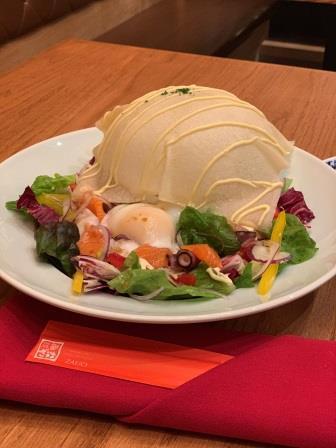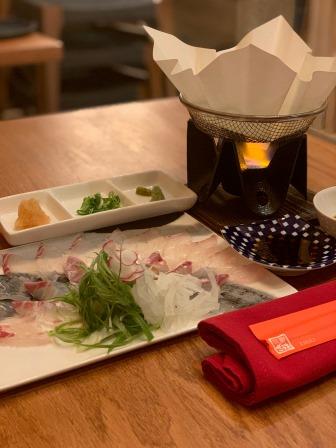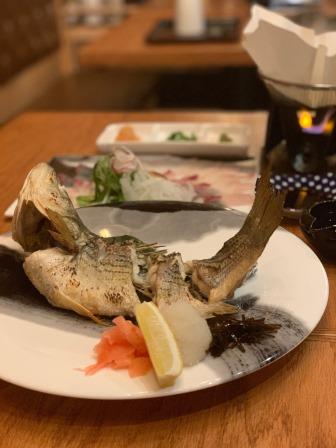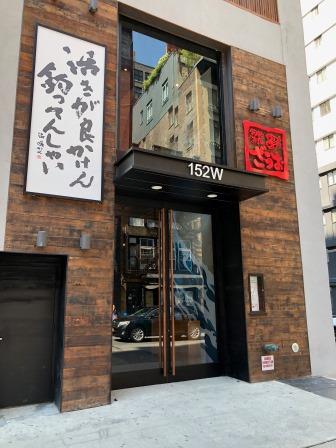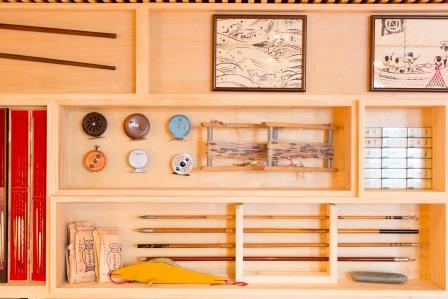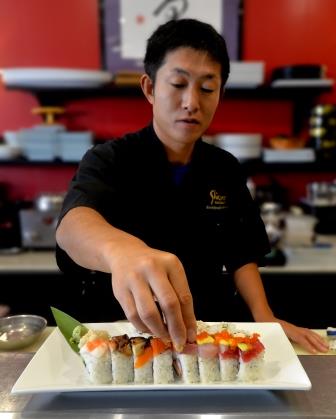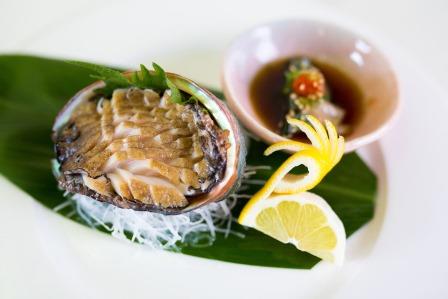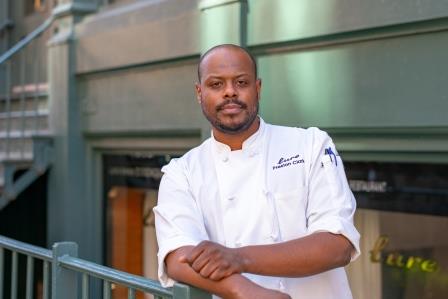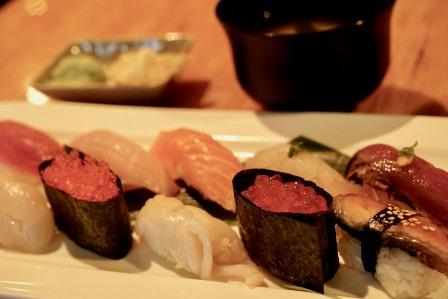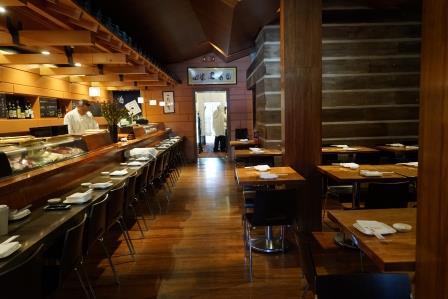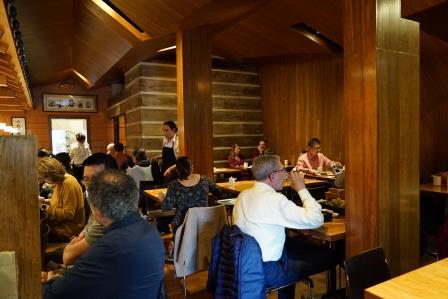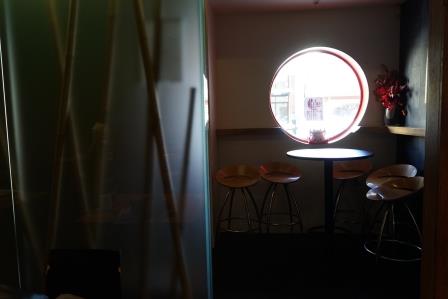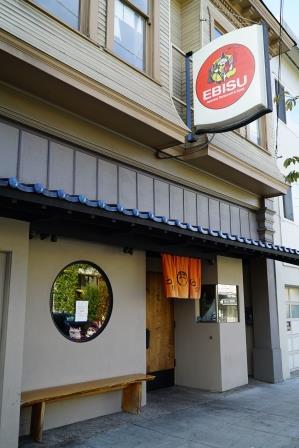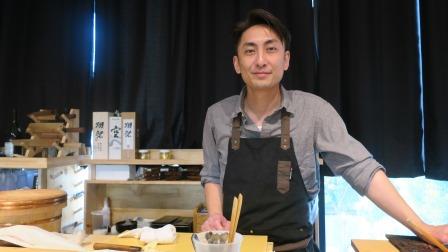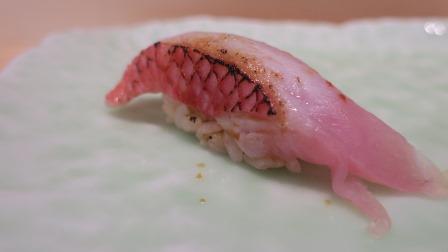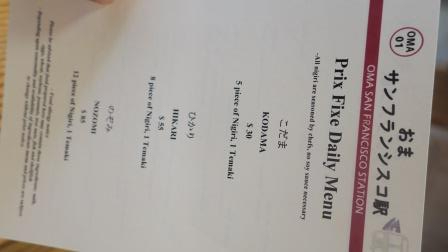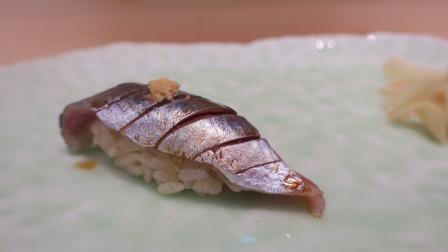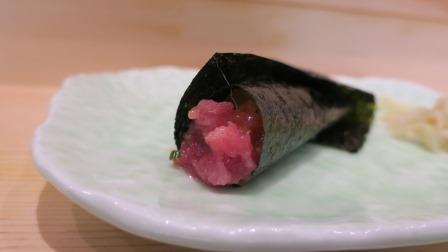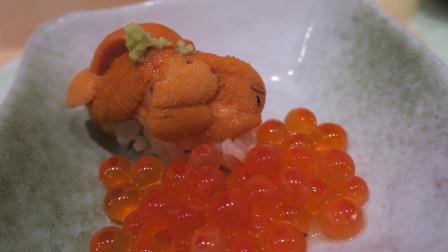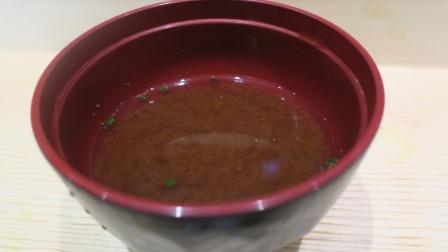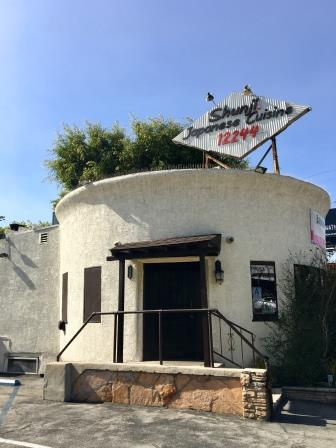Expanding alcohol distribution routes
By Yuji Matsumoto
There is no doubt sushi is the driving force behind the expansion of Japanese food, expanding the way for other Japanese foods to follow.
Currently, the old legend of “opening a sushi restaurant will automatically result in success” is long over, and no longer the trend.
The slowing opening and closing of sushi restaurants are due to impact by rising fish and seafood prices, expensive initial investment, lack of sushi chefs, the rising expenses of employee health insurance, etc., and dropping prices due to large sushi restaurants managed by non-Japanese, impacting small-scale restaurants. However, another factor is casual dining such as ramen gaining attention. Compared to the over 20,000 sushi restaurants in business today, ramen shops in the U.S., leaving much room to grow and expand.
Considering that fresh (raw) fish at expensive prices have come this far to be widely enjoyed by American consumers, it’s not difficult to imagine their acceptance of noodle products such as ramen, especially since they’re similar to chicken noodle soup, and fried rice.
Other casual dining selections garnering attention is “okonomiyaki” (Japanese pancake with meat, seafood, vegetables, egg, etc) and “takoyaki” (octopus dumplings), etc. and other street foods.
Also, recently, in a U.S. magazine, oden (broiled fish cake) and curry rice are also being introduced. I look forward to these magazines in the U.S. introducing Japanese sake, beer, shochu (distilled liquor), and other distribution channels.
アルコール販売市場の拡大
スシが米国での日本食を牽引し、その他の日本食文化も広げてきたことは間違いない。
現在、米国の大都市では、30年前の「開ければ儲かるスシ屋の時代」は終わり、淘汰の時代を向かえたように感じられる。
スシレストランの出店鈍化や閉店に影響しているのは、高騰する魚介類、高価な初期投資、スシシェフの不足、従業員保険等の諸経費が上がったことや非日本人経営の大型店スシレストランの価格破壊で小規模の店が痛手を受けているためと分析する。しかし、第二の牽引役として注目されているのはラーメンを代表するB級グルメである。2万件以上あるスシレストランと比べると、ラーメン屋はまだまだ伸びると思われる。
生魚のイメージを持った高価なスシがここまで米国人に浸透してきたことを考えると、パスタやチキンヌードルスープに慣れた西洋人がラーメンやチャーハンを好まない訳がない。
その他には、お好み焼きやたこ焼きなどのストリートフードも注目され始めきている。また、最近の米国の雑誌には、おでんやカレーなども紹介され始めている。これらの業態の成長を期待し、ますますの日本の酒やビール、焼酎の販売チャンネルが広がることを期待したい。
There is no doubt sushi is the driving force behind the expansion of Japanese food, expanding the way for other Japanese foods to follow.
Currently, the old legend of “opening a sushi restaurant will automatically result in success” is long over, and no longer the trend.
The slowing opening and closing of sushi restaurants are due to impact by rising fish and seafood prices, expensive initial investment, lack of sushi chefs, the rising expenses of employee health insurance, etc., and dropping prices due to large sushi restaurants managed by non-Japanese, impacting small-scale restaurants. However, another factor is casual dining such as ramen gaining attention. Compared to the over 20,000 sushi restaurants in business today, ramen shops in the U.S., leaving much room to grow and expand.
Considering that fresh (raw) fish at expensive prices have come this far to be widely enjoyed by American consumers, it’s not difficult to imagine their acceptance of noodle products such as ramen, especially since they’re similar to chicken noodle soup, and fried rice.
Other casual dining selections garnering attention is “okonomiyaki” (Japanese pancake with meat, seafood, vegetables, egg, etc) and “takoyaki” (octopus dumplings), etc. and other street foods.
Also, recently, in a U.S. magazine, oden (broiled fish cake) and curry rice are also being introduced. I look forward to these magazines in the U.S. introducing Japanese sake, beer, shochu (distilled liquor), and other distribution channels.
アルコール販売市場の拡大
スシが米国での日本食を牽引し、その他の日本食文化も広げてきたことは間違いない。
現在、米国の大都市では、30年前の「開ければ儲かるスシ屋の時代」は終わり、淘汰の時代を向かえたように感じられる。
スシレストランの出店鈍化や閉店に影響しているのは、高騰する魚介類、高価な初期投資、スシシェフの不足、従業員保険等の諸経費が上がったことや非日本人経営の大型店スシレストランの価格破壊で小規模の店が痛手を受けているためと分析する。しかし、第二の牽引役として注目されているのはラーメンを代表するB級グルメである。2万件以上あるスシレストランと比べると、ラーメン屋はまだまだ伸びると思われる。
生魚のイメージを持った高価なスシがここまで米国人に浸透してきたことを考えると、パスタやチキンヌードルスープに慣れた西洋人がラーメンやチャーハンを好まない訳がない。
その他には、お好み焼きやたこ焼きなどのストリートフードも注目され始めきている。また、最近の米国の雑誌には、おでんやカレーなども紹介され始めている。これらの業態の成長を期待し、ますますの日本の酒やビール、焼酎の販売チャンネルが広がることを期待したい。





